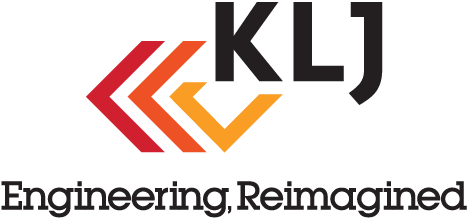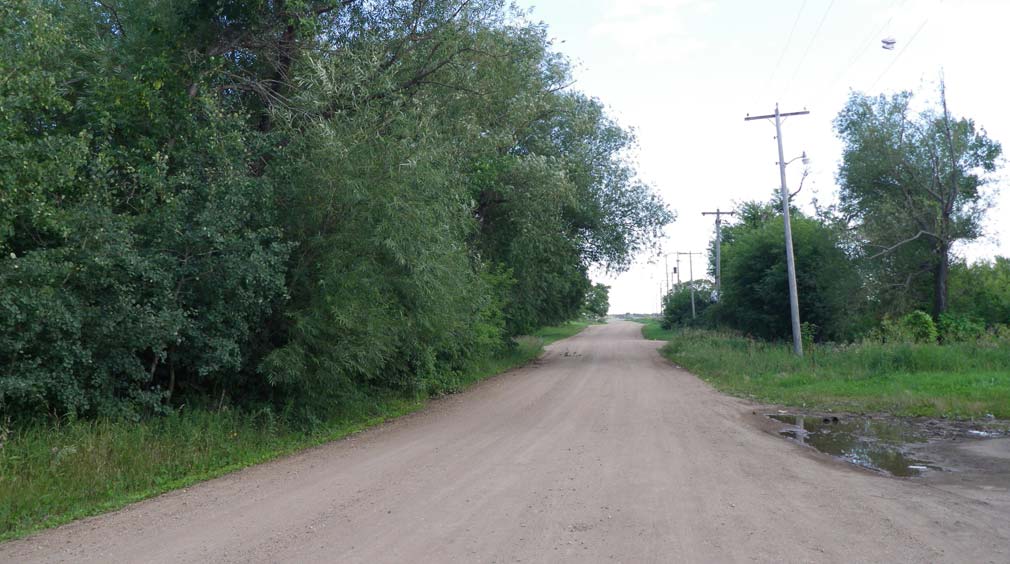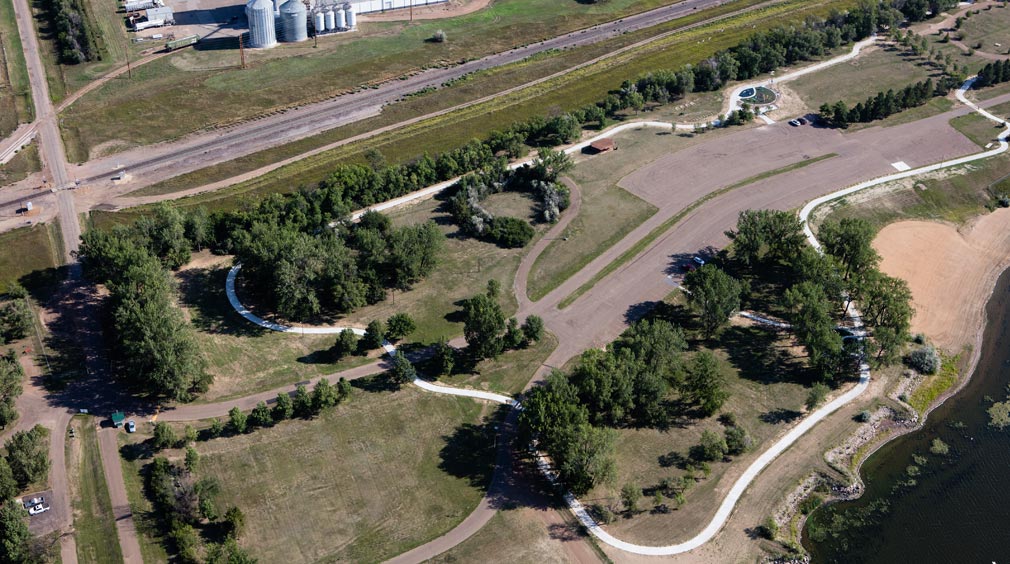PROJECT
The Lame Deer Junior High-High School in Lame Deer, MT, hosts various adult education programs and other community events including American Indian cultural events, creative arts and music exhibitions, and sporting events. Traditional school activities and community interactions provide most of the town with a reason to travel to the school grounds. The Northern Cheyenne Tribe identified the need for an Americans with Disabilities Act (ADA) compliant, multi-use path to provide a safe, accessible, non-motorized connection between the community and the school facilities south of town.
SOLUTION
At first, KLJ’s involvement in the Lame Deer Multi-Use Path was through on-call engineering services contract with the Northern Cheyenne Tribe. KLJ worked with the tribal transportation department to identify priority projects and how to obtain funding. Our team prepared a funding application for the pathway during the 2016 cycle of Montana Department of Transportation’s (MDT) Transportation Alternatives (TA) Program. Once funding was secured from the State, KLJ then successfully submitted a proposal to be selected for preliminary engineering of the pathway. During preliminary engineering, KLJ was responsible for meeting the clients project goals and objectives – in this case working for two clients, MDT and the Northern Cheyenne Tribe.
KLJ performed initial engineering services including survey, utility location and coordination, environmental evaluation, and public stakeholder communications. Following the initial phase of the project, KLJ worked through design where they encountered and overcame challenges such as the ADA-gate latch at the complex fence crossing, staying within established right-of-way (ROW), designing mechanically stabilized earth (MSE) walls, and determined the least impactful solution to the extension of a box culvert carrying Lame Deer Creek under High School Road. The multi-discipline team performed all design services, including electrical, environmental, hydraulic, and structural components. Throughout the design process, KLJ had identified a Tribal Liaison who provided valuable communication between both KLJ and MDT and the Tribe when project issues arose.
Once design and preliminary engineering was completed, KLJ was retained to perform construction support services throughout construction of the path. KLJ performed shop drawing reviews and responded to inquiries from the Contractor to verify the project was built as designed. During construction, KLJ was called upon to design a cast-in-place option for the box culvert extension to match previously unknown field conditions. The modified design was quickly developed so the Contractor, and the project, encountered minimal delay.
The original proposed construction budget of the path was approximately $400,000. The final construction cost was $750,000. The increased cost seen over time was due to several factors including the identification of unique or complex features, inflation over a four-year time period, and higher bid costs from the contractor due to the remote, rural nature of the project location.
The Tribe identified the need for this pathway to provide a safe, accessible, non-motorized connection between the community and the school facilities south of town. The successful resolution of the various project challenges and on schedule completion of the path attest to meeting those goals.
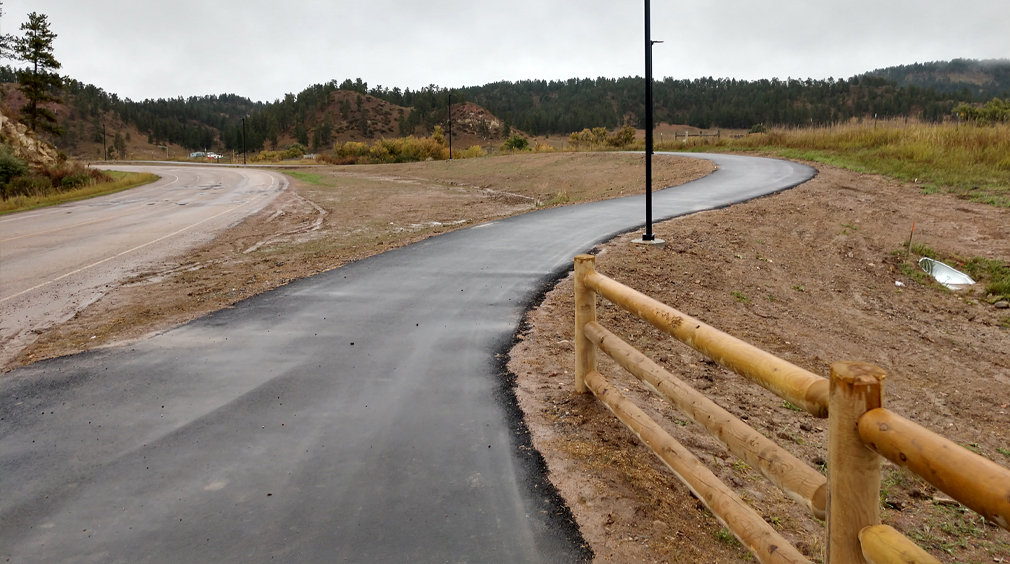
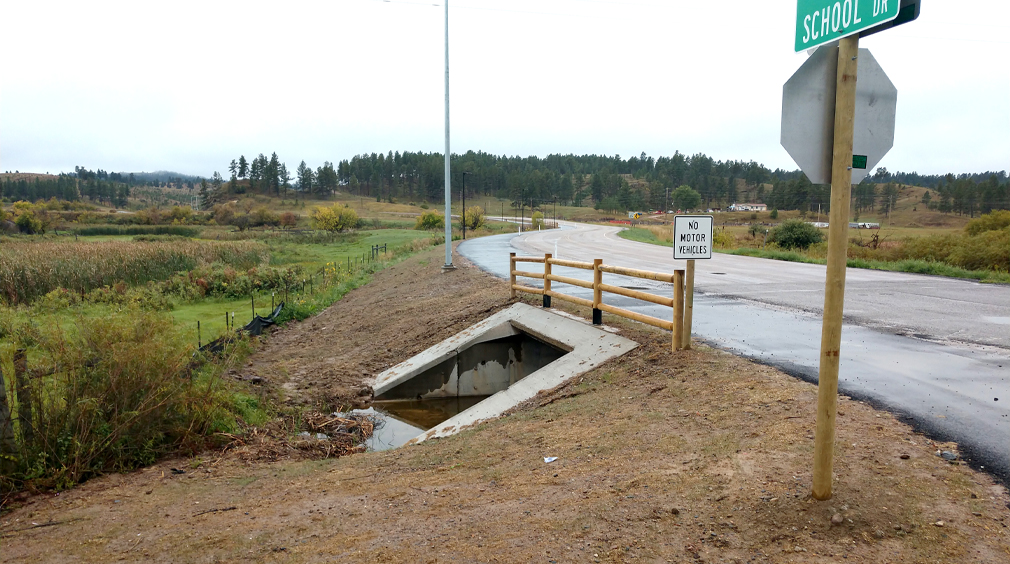

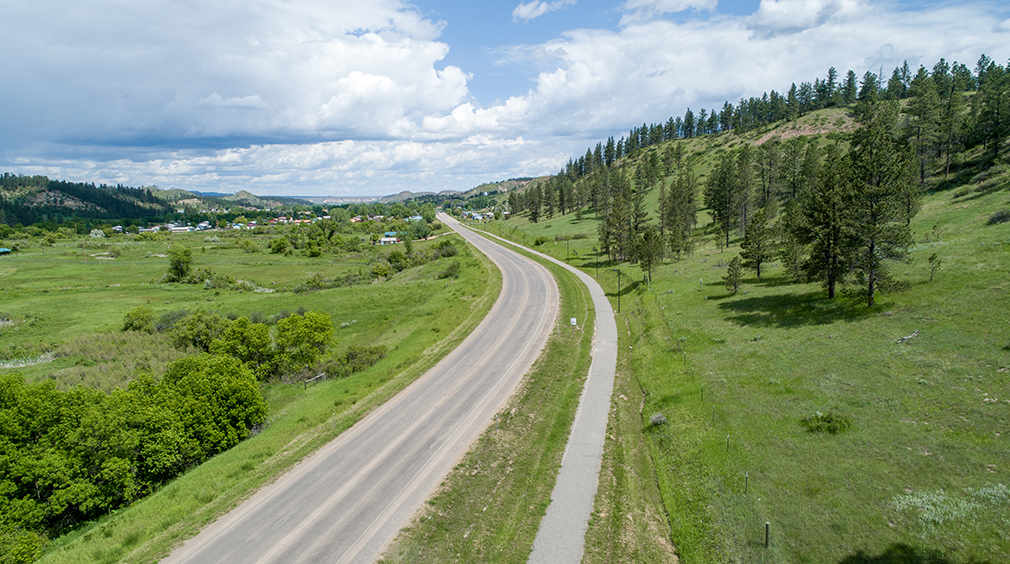
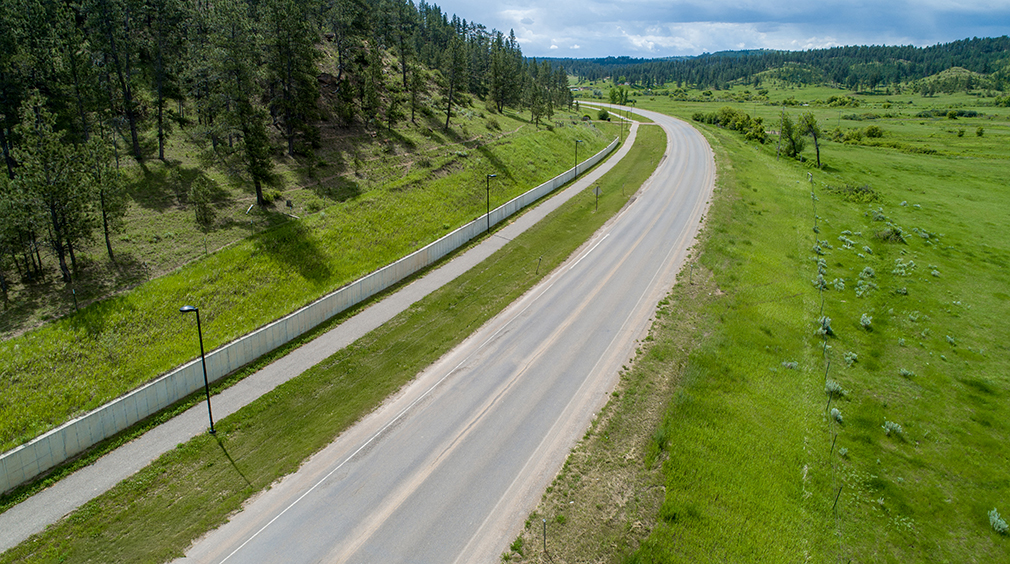
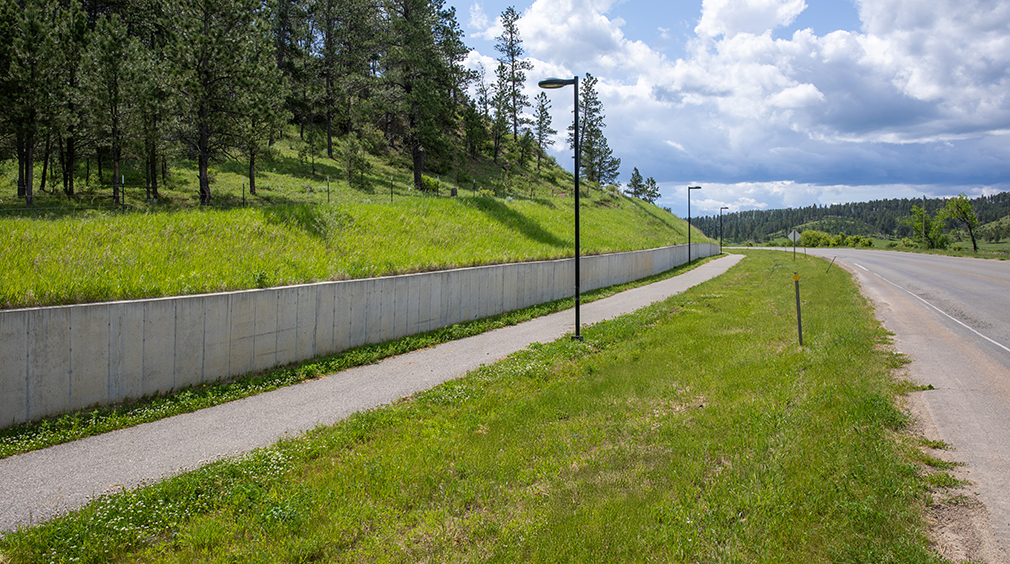
RESULTS
The completed Lame Deer Multi-Use Path will allow for social benefits like those achieved by providing a pathway for users to commute on and have access to school facilities for school and other related activities. Economic benefits to the community include cost-savings for the Tribe, increased property values, and less wear over time on vehicles. Careful consideration was given to the sustainability of the design and the completed pathway includes solar powered crossing beacons and long-lasting LED lights.
Additionally, a $1 million funding investment by MDT into the engineering and construction of the pathway removed a heavy burden off the Northern Cheyenne Transportation Department, allowing them to dedicate funds to other needed improvements throughout their communities. The maintenance of the completed pathway has also been taken over by Tribal programs, supplying their maintenance department employees with new job tasks and opportunities. The investment in non-motorized transportation infrastructure can also enhance recreational opportunities and property values. Property adjacent to nearby paths can be an amenity that attracts buyers and makes the property easier to sell. Reducing long-term wearing on vehicles due to the opportunity to commute via the non-motorized path is also an economic benefit for users in the community.
